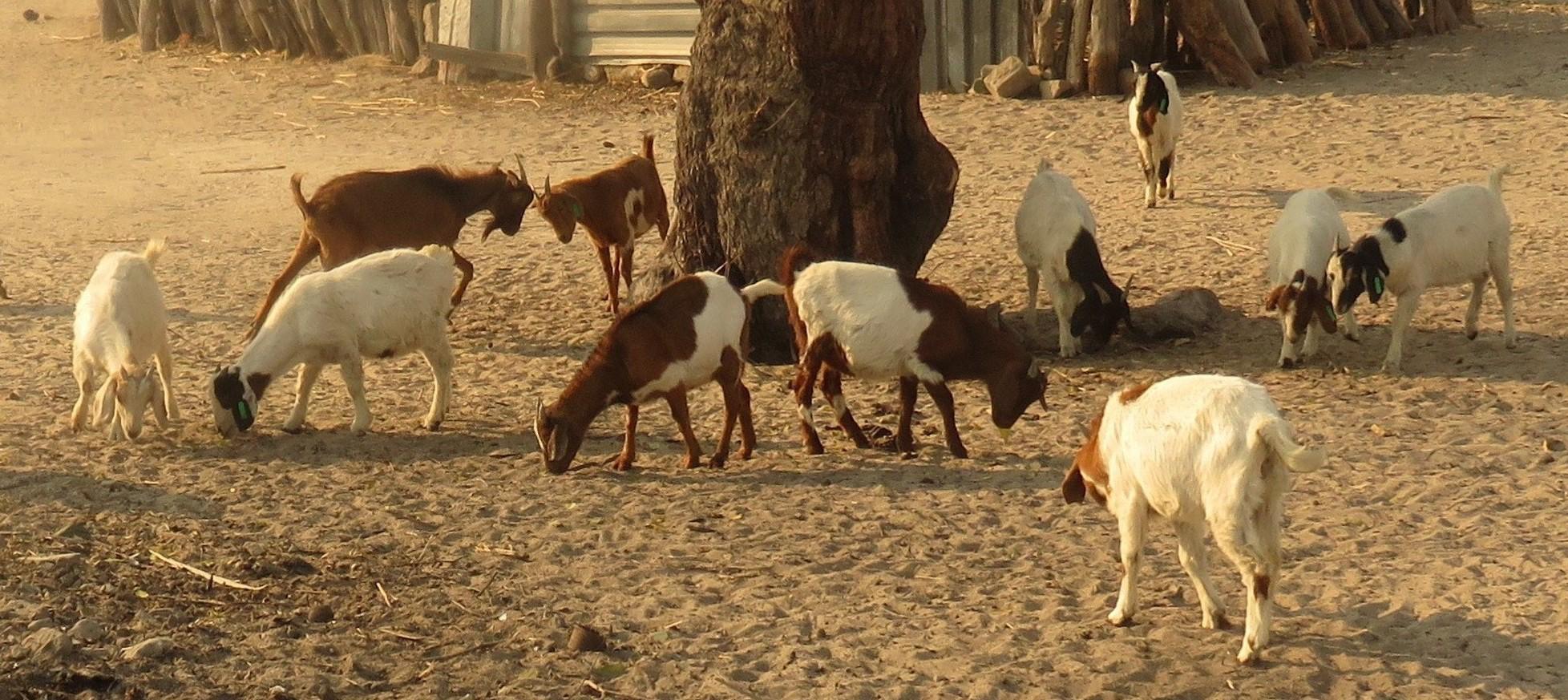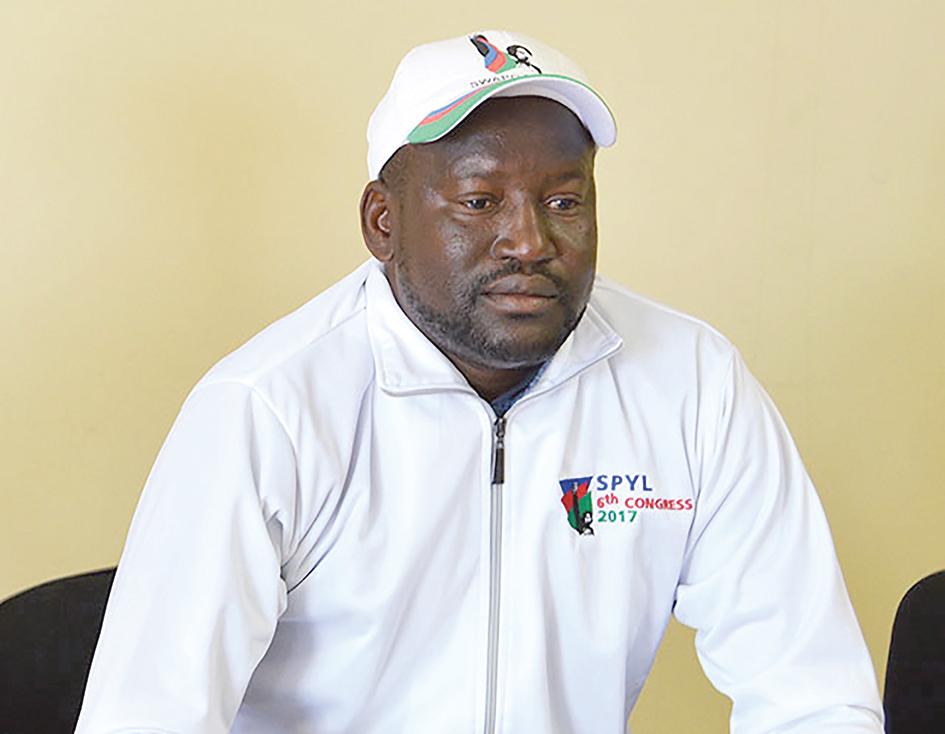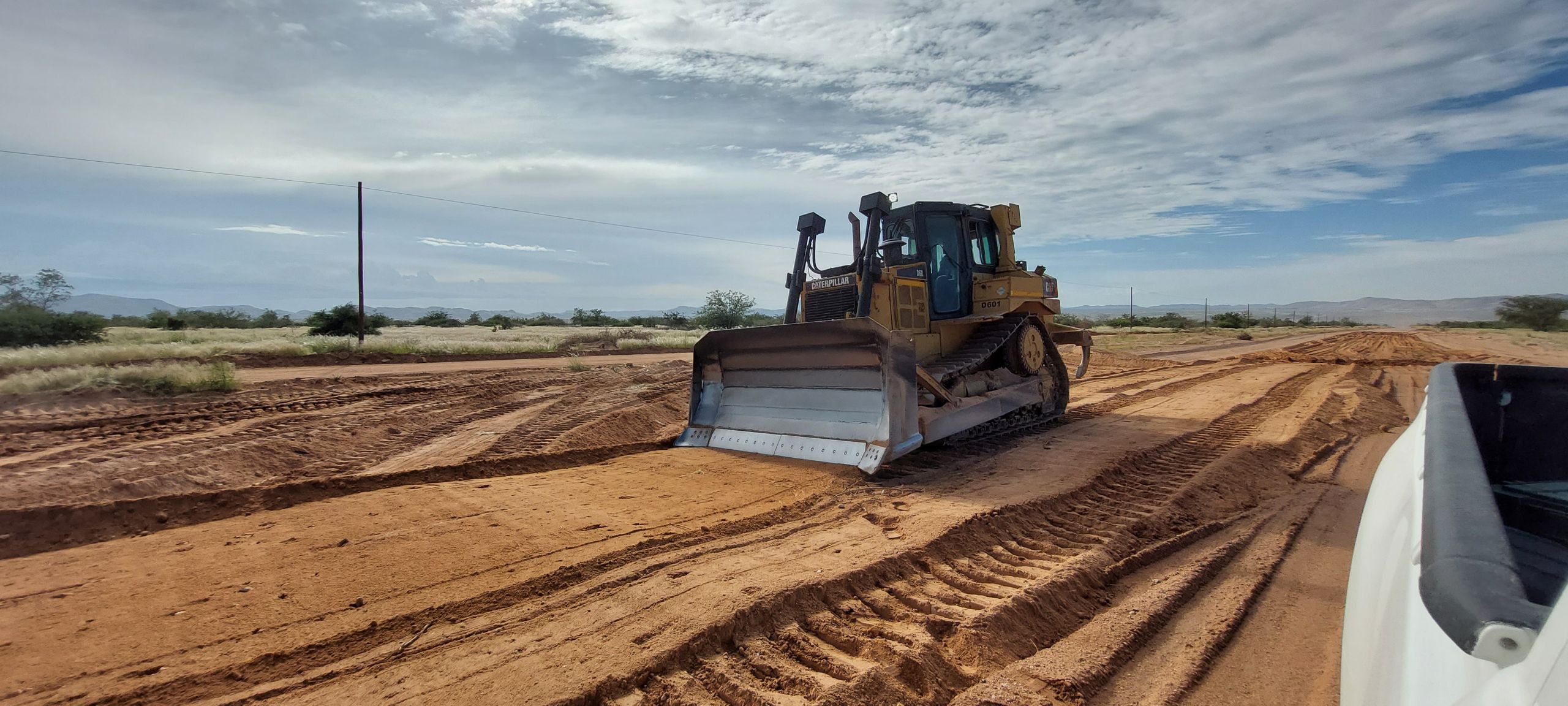HOW to find work for Namibian artisans? The recipe is to mix traditional woodcarving and basket weaving, and combine these local handicraft skills with Scandinavian design.
Satu Miettinen, a Finnish designer and the godmother of a novel product group, brims with enthusiasm when talking about a project that just recently ran its first workshop for 20 artisans, jointly with the Caprivi Arts and Culture Association (CACA) and Lux Development. “Palm weaving is a very developed art form in Caprivi, and so is woodcarving.By combining those two, we got a new type of products.We made some storyboards with pictures of designs that were introduced to the Caprivian artisans.They were very excited to learn about new product ideas, and everybody adapted some of those designs,” Miettinen says.The goal of the workshop was to provide assets to craftsmen – who face tough competition – by producing stylish and functional products, such as containers, baskets and candlesticks.These should be especially attractive to practical Scandinavians.”But we don’t want to produce Scandinavian minimalism here.The idea was that the artisans would add their own artistic touch to the designs we have made,” Miettinen explains.Besides design, a number of other aspects are taken into consideration.Weaving is a slow process, so the designs are not made too complicated.The time spent on each item should not be too long to keep the prices affordable and workers’ income appropriate.IT’S SMART TO SUPPORT LOCAL Wood and basket products make up only one of three product lines launched through the project.Another is a line of clothes made of cotton, linen, bamboo and wild silk from the Kalahari ‘burnworm’.The third product line is made of wool, using the ancient North European technique of felting: wool is rolled and pressed to form a thick mat.”There used to be a notorious production of coats made of lamb wool.Later on demand for the coats collapsed, but there are still many sheep there.We have thought about how their wool could be used in a new way.It is sustainable to use local material, and you can see it in the price as well if materials are not imported,” Miettinen says.At the moment she has one felted rug in her flat in test use.The Namibian products will be introduced to Scandinavians and their wholesale buyers in September at Habitare, a fair for furniture and interior decoration.Before that, production capacity needs to be strengthened to be able to deliver orders that will hopefully coming in thick and fast.”The idea is not to push forward our product only.We are taking along some products from Omba Arts Trust as well, and they will be marketed side by side,” Miettinen promises.The export development programme is being carried out by Pambili Association, a Finnish-Namibian non-profit organisation, which is in its first year.Satu Miettinen is taking care of marketing, while Namibian designer Melanie Harteveld-Becker is in charge of craft design.Together with Finns Laura Pokela and Satu Kaehkoenen, they are behind the designs.Miettinen is experience in this sort of programme.She was involved in a similar project in Azerbaijan, a mountainous country in the Caucasians.However, her aim is to concentrate on Namibia, where there seems to be room for further arts projects.”In arts, there are only bachelor’s level degrees available in Namibia.Something should be done about that,” Miettinen says pensively.”Palm weaving is a very developed art form in Caprivi, and so is woodcarving.By combining those two, we got a new type of products.We made some storyboards with pictures of designs that were introduced to the Caprivian artisans.They were very excited to learn about new product ideas, and everybody adapted some of those designs,” Miettinen says.The goal of the workshop was to provide assets to craftsmen – who face tough competition – by producing stylish and functional products, such as containers, baskets and candlesticks.These should be especially attractive to practical Scandinavians.”But we don’t want to produce Scandinavian minimalism here.The idea was that the artisans would add their own artistic touch to the designs we have made,” Miettinen explains.Besides design, a number of other aspects are taken into consideration.Weaving is a slow process, so the designs are not made too complicated.The time spent on each item should not be too long to keep the prices affordable and workers’ income appropriate.IT’S SMART TO SUPPORT LOCAL Wood and basket products make up only one of three product lines launched through the project.Another is a line of clothes made of cotton, linen, bamboo and wild silk from the Kalahari ‘burnworm’.The third product line is made of wool, using the ancient North European technique of felting: wool is rolled and pressed to form a thick mat.”There used to be a notorious production of coats made of lamb wool.Later on demand for the coats collapsed, but there are still many sheep there.We have thought about how their wool could be used in a new way.It is sustainable to use local material, and you can see it in the price as well if materials are not imported,” Miettinen says.At the moment she has one felted rug in her flat in test use. The Namibian products will be introduced to Scandinavians and their wholesale buyers in September at Habitare, a fair for furniture and interior decoration.Before that, production capacity needs to be strengthened to be able to deliver orders that will hopefully coming in thick and fast.”The idea is not to push forward our product only.We are taking along some products from Omba Arts Trust as well, and they will be marketed side by side,” Miettinen promises.The export development programme is being carried out by Pambili Association, a Finnish-Namibian non-profit organisation, which is in its first year.Satu Miettinen is taking care of marketing, while Namibian designer Melanie Harteveld-Becker is in charge of craft design.Together with Finns Laura Pokela and Satu Kaehkoenen, they are behind the designs.Miettinen is experience in this sort of programme.She was involved in a similar project in Azerbaijan, a mountainous country in the Caucasians.However, her aim is to concentrate on Namibia, where there seems to be room for further arts projects.”In arts, there are only bachelor’s level degrees available in Namibia.Something should be done about that,” Miettinen says pensively.
Stay informed with The Namibian – your source for credible journalism. Get in-depth reporting and opinions for
only N$85 a month. Invest in journalism, invest in democracy –
Subscribe Now!










